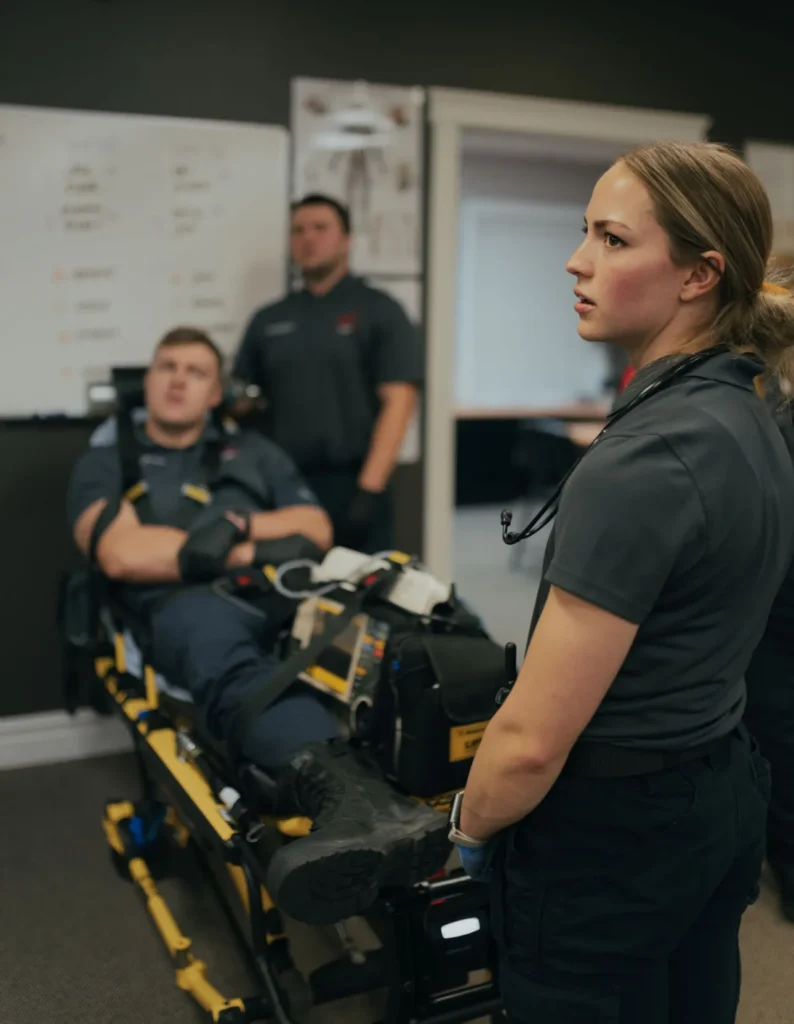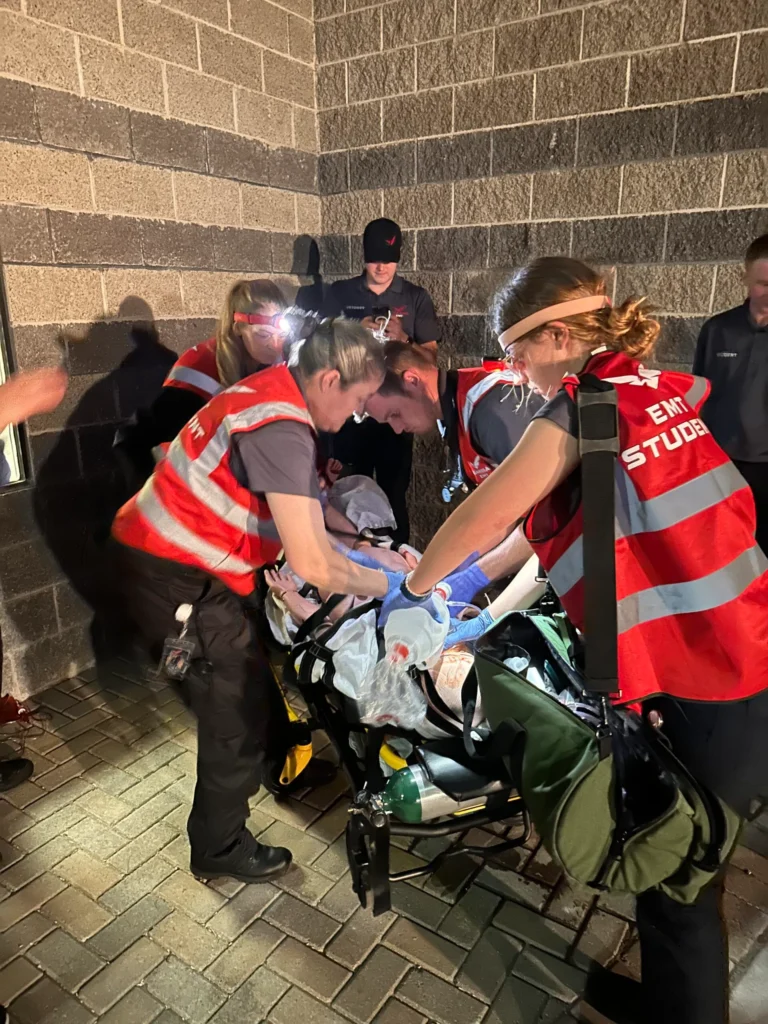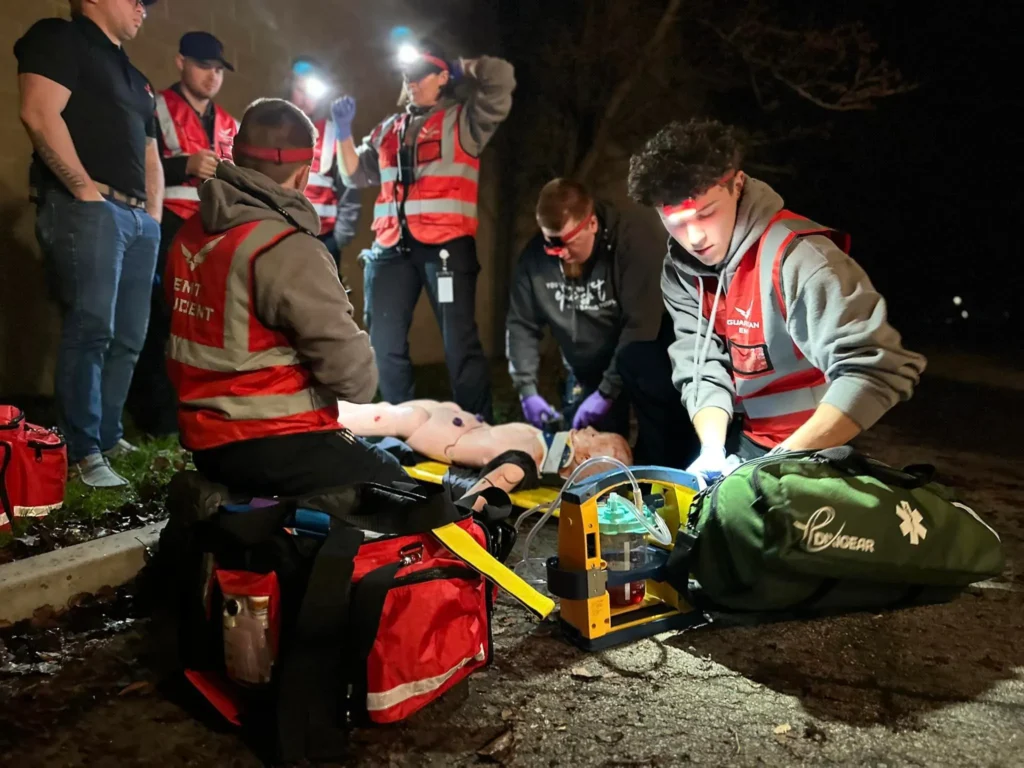Electrocardiograms (ECGs) are a vital tool for EMTs, especially those pursuing advanced certifications. Understanding ECGs allows EMTs to identify critical cardiac issues, administer timely interventions, and improve patient outcomes. This guide delves into the importance of ECG knowledge in Advanced EMT (AEMT) training and how it prepares you for real-world emergencies.
An ECG records the electrical activity of the heart, providing crucial information about its rhythm, rate, and overall health. For EMTs, ECG interpretation is essential for diagnosing and managing:
Advanced EMTs equipped with ECG interpretation skills can:
Advanced EMT training programs typically cover the following ECG-related topics:



Practical experience is a cornerstone of ECG training. AEMT programs often include:
Even after certification, staying current with ECG knowledge is crucial. Continuing education opportunities include:
Proficiency in ECG interpretation is a game-changer for Advanced EMTs. By mastering this skill, you’ll not only expand your scope of practice but also play a critical role in saving lives during cardiac emergencies.
